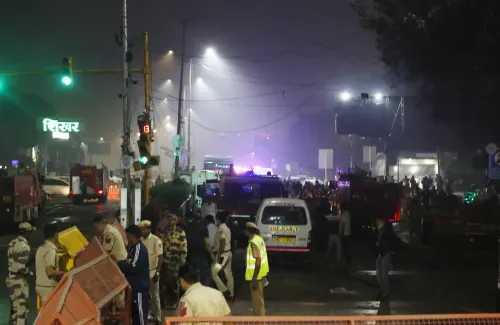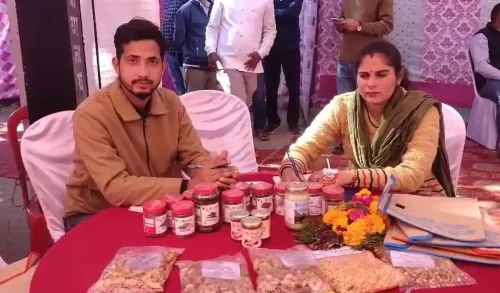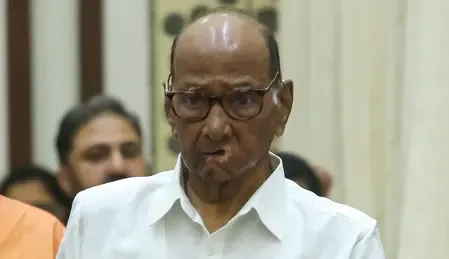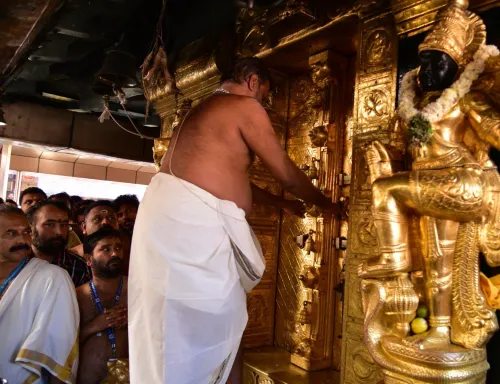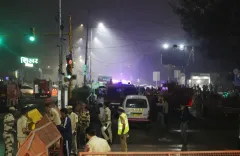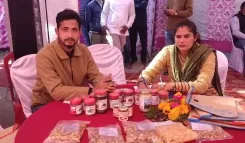Will the Bihar polls' Phase-II test the development agenda against the MY equation?
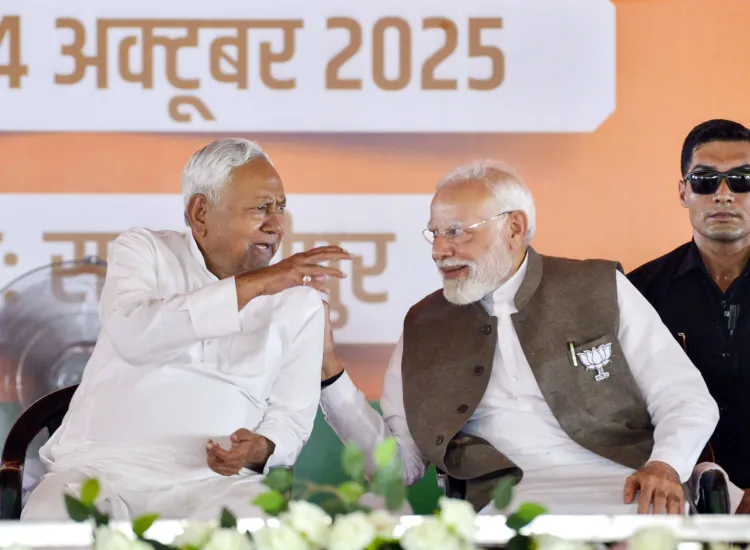
Synopsis
Key Takeaways
- Over 3.70 crore voters will participate in the elections.
- The NDA emphasizes governance and development.
- The Grand Alliance focuses on unemployment and social justice.
- Caste-based census is a key part of the Grand Alliance's strategy.
- Challenges exist for both sides in terms of social base and grassroots organization.
Patna, Nov 10 (NationPress) The campaign for the second phase of the 2025 Bihar Assembly elections concluded on Sunday evening, with voting scheduled for Tuesday. Over 3.70 crore electors across 20 districts will determine the future of 1,302 candidates vying for positions in 122 constituencies.
This phase is perceived as pivotal in influencing the electoral outcome.
Counting will take place on November 14, revealing whether the NDA government, under Chief Minister Nitish Kumar, retains power or if the Mahagathbandhan, led by Tejashwi Yadav of the RJD, manages a comeback.
The NDA emphasizes governance and development, while the Grand Alliance highlights issues like unemployment, social justice, and caste representation.
NDA: Strengths and opportunities
Nitish Kumar, as the NDA’s leading figure, brings over two decades of political experience, with the ‘Sushasan’ narrative appealing to a segment of voters.
The organizational networks of BJP and JDU, including RSS, ABVP, and a robust booth-level cadre, are among the NDA’s significant strengths.
Prominent government initiatives, especially those aimed at women, senior citizens, scholarships, and local infrastructure, are being highlighted effectively.
The NDA is also working to unify its traditional social base, which includes upper castes, EBCs, and women, while showcasing central government-funded projects like highways, bridges, medical colleges, and employment-linked schemes announced before the elections.
NDA: Weaknesses and threats
Two decades in governance have led to areas of discontent, particularly regarding job creation, allegations of corruption, and the ongoing debate over the liquor prohibition policy.
Analysts observe that Bihar's social fabric, with about 85 percent of its populace belonging to OBCs, EBCs, and Dalit categories, poses a strategic challenge for the BJP’s perceived upper-caste image in areas with strong Mandal politics.
The INDIA Bloc's assertive campaign addressing unemployment, inflation, and law-and-order issues is viewed as a significant competitor.
Furthermore, Prashant Kishor’s campaign with Jan Suraaj is capturing the attention of younger voters, focusing on employment and curbing migration.
INDIA Bloc: Strengths and opportunities
The Grand Alliance’s primary support base is the M-Y (Muslim-Yadav) social coalition, representing approximately 32 percent of Bihar’s population and historically ensuring stable voting for the RJD.
Tejashwi Yadav’s focus on unemployment and the plight of migrant workers, coupled with his appeal to young voters, is a considerable asset.
The alliance has prioritized a caste-based census in its narrative, which analysts suggest could enhance outreach to backward and marginalized communities.
Both RJD and Congress are actively engaging younger voters on job-related issues and reforms in the examination system, an agenda likely to attract first-time voters.
INDIA Bloc: Weaknesses and threats
Visible differences during seat-sharing discussions between RJD and Congress indicate potential coordination hurdles within the coalition.
The Congress lacks a robust state-level representative, leading its identity in Bihar politics to primarily align with the RJD.
In contrast to the NDA’s well-structured booth-level outreach, the Grand Alliance’s grassroots presence remains relatively weak, especially in rural territories.
In the Seemanchal region, the presence of AIMIM could fragment Muslim votes in closely contested constituencies.
Additionally, Prashant Kishor’s Jan Suraaj campaign, attracting interest from educated young voters, may adversely affect the Mahagathbandhan's vote share.

